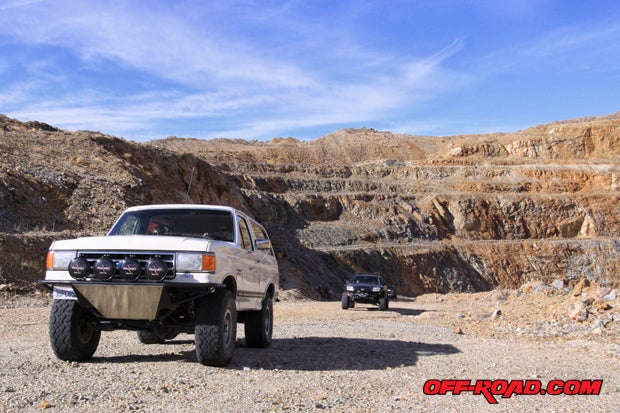
Some of the best off-road trips we’ve done have been with friends to the desert. Being out in such a desolate place, away from our busy modern-day lives makes for a nice change of pace. On this off-road adventure we found ourselves venturing into the Mojave Desert in search of a great Colosseum—one made from gold, silver and other valuable ore. We joined our good friends Shane, Tonya, Corky, Kevin and Collete.
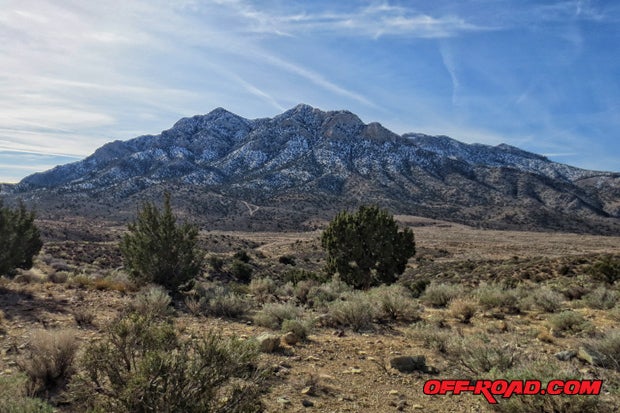
Shane had the trip all mapped out before we even laid rubber on dirt. This scenic desert region we set out to explore is found inside the Mojave National Preserve, just outside of Primm, Nevada, and the I-15, southwest of the California-Nevada border. The Colosseum Mine was the main attraction—with a number of other mines, desert cabins, scenic washes and canyons along the way.
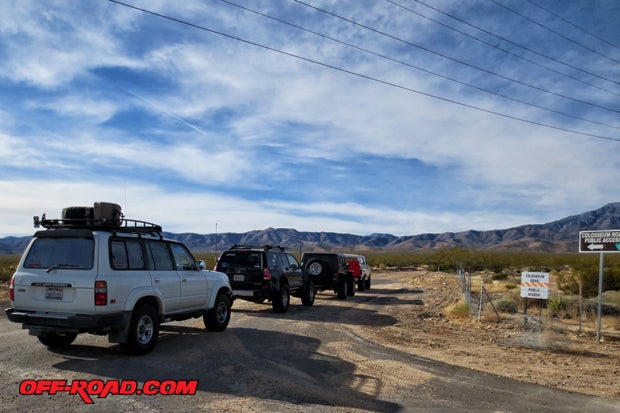
We met up the night before at Primm so we could roll out early in the morning. A quick jaunt south on I-15 had us exiting at Yates Well Road. We headed southwest toward a monolith of solar towers reaching up to the sky from Ivanpah Dry Lake. In 2010, a large-scale solar power project sprang up next to the I-15 in California. The Ivanpah Solar Electric Generating System (SEGS) is owned by NRG Energy, Google, and BrightSource Energy. Once completed, it will be the largest thermal solar power tower system in the world. Since the Mojave Desert receives up to twice the sunlight received in other regions of the country, this area is prime for solar power generation.

Traveling on Yates Road toward the trailhead, we noticed some signs that read “Colosseum Road Public Access.” A series of these signs led up to a guard shack for the Ivanpah Solar Electric Generating System (SEGS). Shane rolled up to the guard and told him we were heading to the Colosseum. The guard took a look at our 4-Wheel Drive trucks then waved us on through. This is not the first time we’ve been met with a roadblock en route to an off-road adventure. Thankfully we were granted passage to access Federal Public Land.
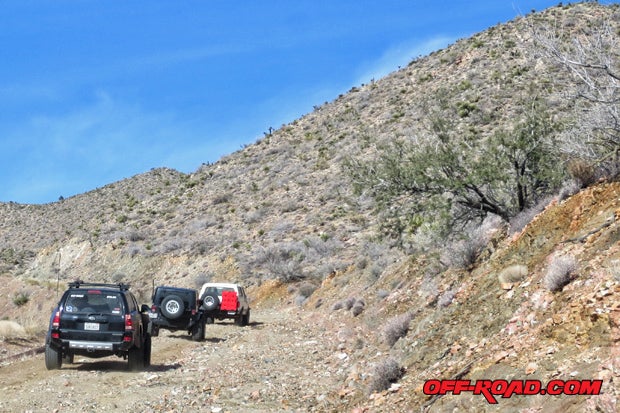
Once we hit dirt, we made a quick stop to air down and enjoy the view. The trail leading up to the Colosseum Mine climbs the eastern side of the Clark Mountain Range. It enters along the side of the gorge, heading up steep and rocky terrain. Low-range makes crawling up this section much easier on the truck.
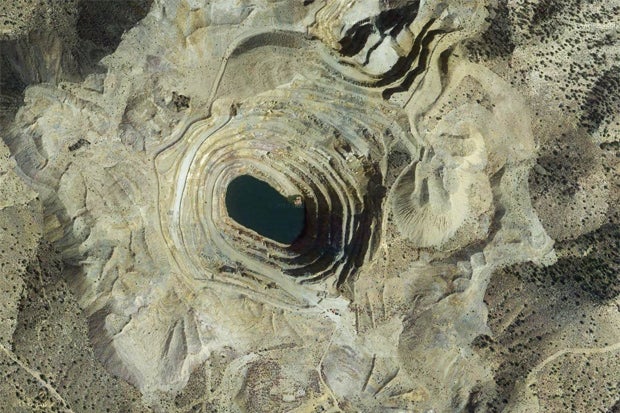
The now inactive Colosseum Mine is located 43 miles southwest of Las Vegas, Nevada in the northeast corner of the Ivanpah Mining District. The open-pit mine was active from the 1930s up to the early 1990s. According to Geological Sciences professor David R. Jessey, Ph. D. at Cal Poly Pomona University, production of 615 ounces of gold, minor silver, copper and lead was reported prior to World War II. After the war, little activity was reported until 1970 when three companies, Draco Mines, Placer AMEX and Amselco Exploration initiated a series of exploration ventures over the next 15 years.
In 1986 Bond Gold, owned by Australian billionaire Alan Bond, acquired the property and began construction of a mine and mill complex. The first gold bullion was poured in the fall of 1987. Unfortunately, by the late 1980s Bond’s financial empire was crumbling and he was forced to sell off assets in the face of bankruptcy.
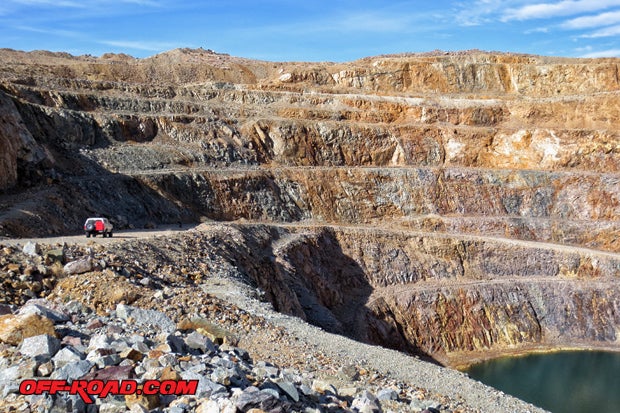
The mine was acquired in 1990 by Lac Minerals of Canada. The Colosseum Mine was in continuous operation until 1993 producing approximately 7,000 ounces of gold per month, estimated to be worth $40,000,000. Lac Minerals of Canada had no interest in working the Colosseum Mine long term. Their real interest was to acquire another Bond property, the Bullfrog Mine near Rhyolite, Nevada. As part of the deal, Lac Minerals acquired both the Colosseum and Bullfrog Mine.
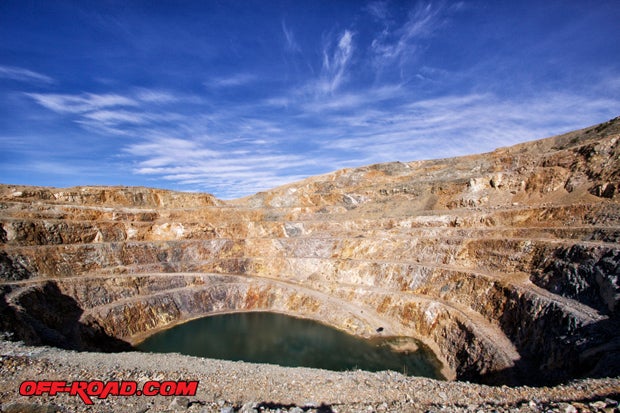
Lac began cutting back on operations at the Colosseum and moving personnel, machinery and equipment to Nevada. By 1993 the mine had closed and reclamation efforts began following aggressive enforcement efforts by the California Department of Conservation. Lac reportedly spent $40,000,000 on reclamation, equivalent to the entire profit they made from operating the mine for 2 1/2 years.
Today this massive, open-pit mine is accessible for viewing to those willing to make the trek. It’s about 8 miles from I-15, accessible in most high-clearance vehicles. The Colosseum Mine attracts geologists and off-road explorers from around the world. We spent some time mesmerized by the different colors embedded in the rock. The aquamarine body of water at the base, contrasted by the golden earth tones and blue skies above, made for an impressive sight.
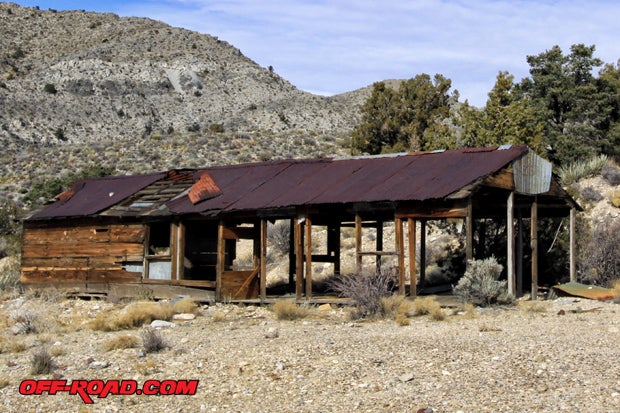
Moving past the Colosseum Mine, we worked our way down Green’s Well Road, on our way to the Kingston Range. The Green’s Cabin is easily visible from the side of the trail and can be visited. This rustic timber building served as living quarters and kitchen for workers of the Green Mine above from 1900 to 1920.
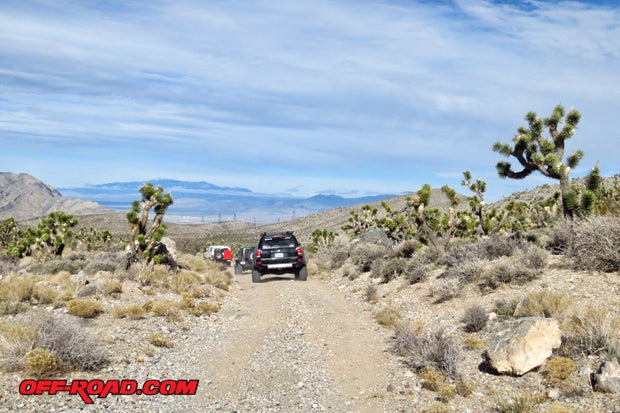
Next Page... Colosseum Mine, Kingston Wash in Mojave Desert Cont.


 Your Privacy Choices
Your Privacy Choices